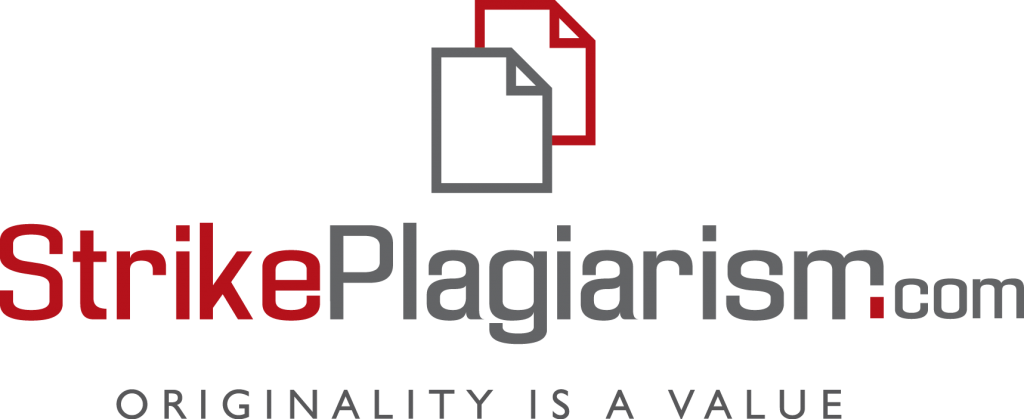FORMATION OF A FLEXIBLE BUSINESS CORE USING A PROJECTORIENTED APPROACH
Abstract
In modern business conditions, every enterprise must learn to respond quickly to signals of a changing external environment and adapt to new conditions of existence. The formation of a flexible business core allows for timely consideration of changes and is considered as a system of elements that is able to respond quickly to changes and adapt to the new state of the market and ensure the creation of high consumer value as a guarantee of the competitiveness of the enterprise in the market of goods and services. The article identifies the main elements of the flexible business core, presents a problem tree and defines goals for solving the problem of increasing the consumer value of the enterprise's goods and services in order to ensure competitive advantages in the market. The features of using a flexible project management model in the formation of consumer value are indicated. In the conditions of economic transformation, the importance of the uncertainty factor in the activities of business entities has significantly increased. Today, the whole world lives in a state of instability and unpredictability, and the market remains very dynamic. The survival of enterprises in such conditions depends on the action of long-term factors, one of which is the formed cognitariat of the firm. Possessing special strategic and operational functions, the cognitariat plays a central role in the intellectualization and informatization of production in creating consumer value. The need to form a firm's cognitariat is explained by the following reasons: the progressive instability of the external environment and the increase in the speed of reaction to its change, increasing the flexibility of the enterprise; the need for continuous monitoring of changes occurring in the external and internal environments of the enterprise; the need for a well-thought-out system of actions to ensure the survival of the enterprise and avoid crisis situations; preserving and increasing the mobility of working groups with a simultaneous increase in management flexibility; the desire for synthesis, integration of various branches of knowledge and human activity.
References
1. Bortnik A. M. (2020) Modeliuvannia biznes-arkhitektury pidpryiemstva [Enterprise business architecture modeling]. Ekonomichnyi prostir – Economic space, no. 156, pp. 116–119. [in Ukrainian]
2. Dzhon Dor (2024) Miriai vazhlyve. OKR: prostyi metod vyrosty vdesiatero [Measure What Matters. How Google, Bono, and the Gates Foundation Rock the World with OKRs]. K: «Laboratoriia», 288 p. [in Ukrainian]
3. Denysova O. O. (2016) Keruvannia zminamy arkhitektury pidpryiemstva na osnovi mizhkomponentnykh zviazkiv [We manage the changing architecture of the enterprise based on intercomponent relationships]. Stratehiia ekonomichnoho rozvytku Ukrainy – Economic Development Strategy of Ukraine, no. 39, pp. 161–167. [in Ukrainian]
4. Zakharov Ye. V. (2022) Porivnialnyi analiz pidkhodiv do kontseptsii svitu: SPOD suspilstvo, VUCA suspilstvo ta BANI suspilstvo [Comparative analysis of approaches to world concepts: SPOD society, VUCA society and BANI society]. Sotsialna ekonomika – Social economy, iss. 64, pp. 149–157. DOI: https://doi.org/10.26565/2524-2547-2022-64-13 [in Ukrainian]
5. Pryimak N. S. (2019) Arkhitektura upravlinnia stratehichnymy zminamy na pidpryiemstvi ta kharakterystyka yii elementi [The architecture of strategic change management in an enterprise and the characteristics of its elements]. Visnyk ekonomiky transportu i promyslovosti – Bulletin of Transport and Industry Economics, no. 67, pp. 207–2014. DOI: https://doi.org/10.18664/338.47:338.45.v0i67.181514 [in Ukrainian]
6. Tarasiuk H. M. (2023) Rozvytok proiektnoho menedzhmentu: osnovni metodolohii ta trendy [Project management development: main methodologies and trends]. Ekonomika, upravlinnia ta administruvannia – Economics, Management and Administration, no. 4(106), pp. 26–32. DOI: https://doi.org/10.26642/jen-2023-4(106)-26-32 [in Ukrainian]
7. Parasuraman A., Zeithaml Valarie A., & Berry Leonard L. (1985) A Conceptual Model of Service Quality and Its Implications for Future Research. Journal of Marketing, vol. 49, pp. 41–50.
8. Schönthaler F., Vossen G., Oberweis A., Karle T. Business Processes for Business Communities: Modeling Languages, Methods, Tools. Springer. 2012. 189 p.
9. Slater F. S. (1997) Developing a Customer Value-Based Theory of the Firm. Journal of the Academy of Marketing Science, vol. 25, iss. 2, pp. 162–167.
10. The balanced scorecard : translating strategy into action / Robert S. Kaplan, David P. Norton. Harvard Business School Press Boston, Massachusetts. 1996. 322 p.




